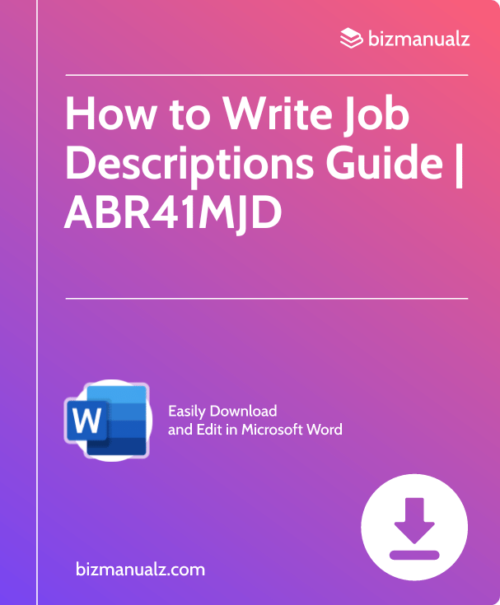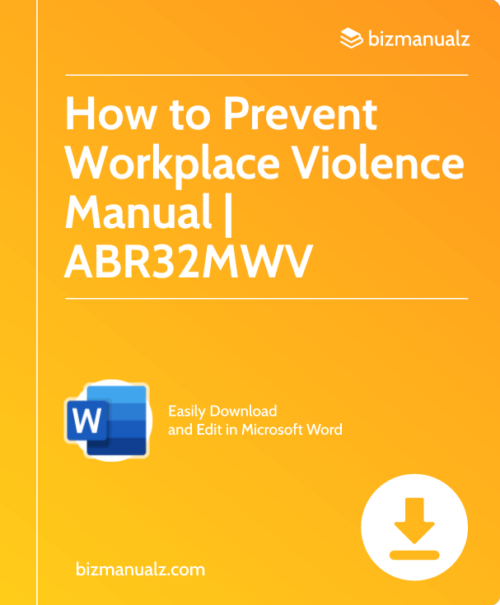IT Disaster Recovery Coordinator Job Description Template Word
Are you looking for a comprehensive and customizable job description template for an IT Disaster Recovery Coordinator? Look no further than our IT Disaster Recovery Coordinator Job Description Template Word product.
This template is designed to help you create a job description that accurately reflects the responsibilities and requirements of an IT Disaster Recovery Coordinator. It includes sections for job summary, essential duties and responsibilities, qualifications, education and experience, and physical demands and work environment.
With this template, you can easily tailor the job description to your organization’s specific needs and requirements. You can add or remove duties and responsibilities, adjust the qualifications and experience requirements, and include any other relevant information that will help attract the right candidates for the job.
Our IT Disaster Recovery Coordinator Job Description Template Word product is also optimized for search engines, making it easy for job seekers to find your job posting online. This can help increase the visibility of your job posting and attract a larger pool of qualified candidates.
Don’t waste time creating a job description from scratch. Use our IT Disaster Recovery Coordinator Job Description Template Word product to create a comprehensive and effective job description that will help you find the right candidate for the job.
 IT DISASTER RECOVERY COORDINATOR SUMMARY OF FUNCTIONS
IT DISASTER RECOVERY COORDINATOR SUMMARY OF FUNCTIONS
The IT Disaster Recovery Coordinator directs IT disaster response/crisis management activities in compliance with the IT emergency plan and helps provide and coordinate disaster preparedness training with respect to the organization’s information technologies, helping ensure business continuity.
IT DISASTER RECOVERY COORDINATOR ESSENTIAL DUTIES AND RESPONSIBILITIES
- Work with Business Continuity management to ensure that the disaster recovery (crisis management) and business continuity plans drive disaster recovery (DR) strategy and procedures.
- Establish and maintain the overall plans for executing all DR procedures and understand their interdependencies.
- Establish and maintain detailed DR communications and command and control plans through a change management process.
- Work with the IT technical staff to ensure that disaster recovery solutions are adequate, in place, maintained, and tested as part of the regular operational life cycle.
- Develop and understand all testing necessary for a successful DR execution.
- Schedule and lead all DR exercises.
- Provide ongoing feedback for risk management, mitigation, and prevention.
- Represent disaster recovery cost requirements in the annual budgeting process.
- Regularly report Disaster Recovery activities to upper management.
- Act as liaison for auditing and examination of disaster recovery processes.
- Help ensure compliance with all applicable federal, state and local laws, regulations, and ordinances.
ORGANIZATIONAL RELATIONSHIPS
Reports directly to IT Security Management. Assists and works in conjunction with IT Security and disaster recovery technicians (specialists) and disaster response and recovery agencies to help facilitate smooth, efficient, and effective IT disaster recovery.
PROCEDURES
The IT Disaster Recovery Coordinator Job Description is mentioned in the following procedures:
|
Procedure ID and Name |
Policies & Procedures Manual |
| ITSD104 IT Disaster Recovery | IT Policies and Procedures Templates |
IT DISASTER RECOVERY COORDINATOR QUALIFICATIONS
A bachelor’s degree in computer science, information systems, information protection (information security), or a related IT field is required. Certification in CBCP or CFCP is preferred; a PMP certification is desired.
Require 10+ years of experience in IT operations implementing and supporting web and middleware solutions in a data center environment. Must have 4+ years of experience dedicated to disaster recovery operations and management in the financial or other similar industry. Need experience managing large projects, using PMI standard methods and tools.
Understanding of current recovery solutions, high availability architectures and mainframe architectures is needed, as is knowledge of crisis communication solutions. Must know elementary IT network principles. Require excellent oral and written communication skills to convey plans, exercises, and activities. Must be able to interact with technical, non-technical, and management staff.
Familiarity with business continuity program life cycle plans and source deliverables (e.g., risk assessments, bias, continuity planning) is essential.
IT DISASTER RECOVERY COORDINATOR PHYSICAL DEMANDS
Ability to communicate orally with IT staff and management is crucial. Regular use of phone and email for communication is essential. Hearing and vision correctable to within normal ranges is essential for normal conversations, receiving ordinary information, and preparing or inspecting documents.
The ability to remain in a stationary position roughly 50% of the time, as well as the ability to move about the office occasionally (accessing files/storage, office equipment, computers and other office productivity devices, attending meetings, etc.), is required.
Using a computer while sitting for extended periods is common. Must also be able to position self to maintain equipment, including under tables and desks.
No heavy lifting is expected, though occasional exertion of about 20 lbs. of force (e.g., picking up / carrying laptops) may be required. Good manual dexterity required to use common office equipment (e.g., computers, mobile devices, calculators, copiers, scanners).
WORK ENVIRONMENT
The job is performed indoors in a traditional office setting. Extended periods of sitting while using a computer or other devices are common.






















Reviews
There are no reviews yet.